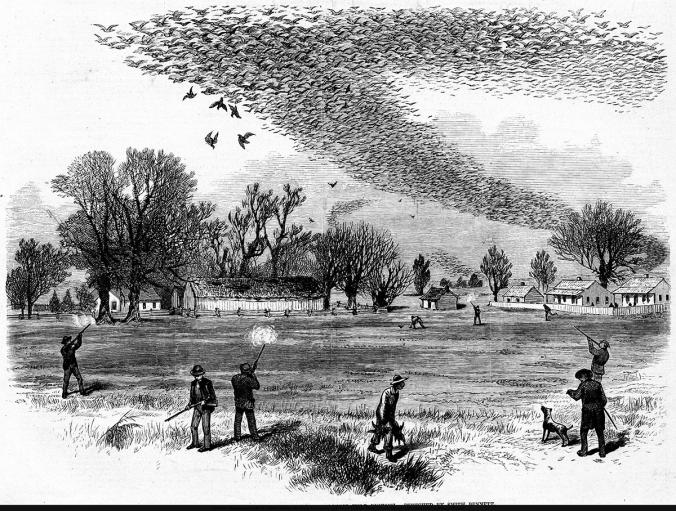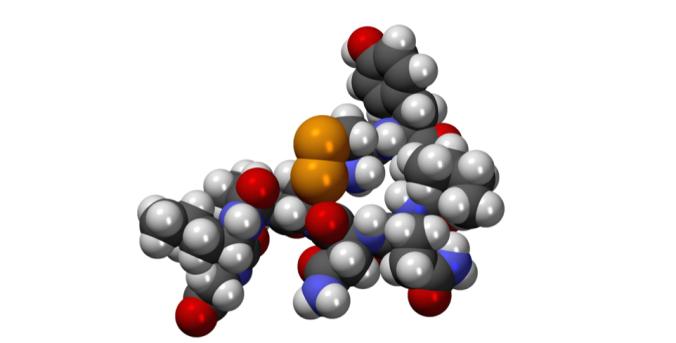
In the early 1800s, a naturalist named Alexander Wilson was traveling in Kentucky when the sky suddenly became dark. Wilson believed, he later wrote, that it was “a tornado, about to overwhelm the house and everything round in destruction.”
When Wilson got his wits back, he realized the sun had been blotted out by passenger pigeons.


